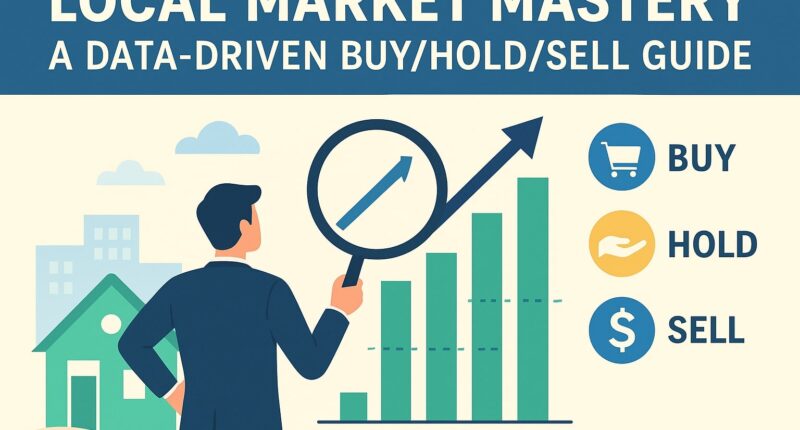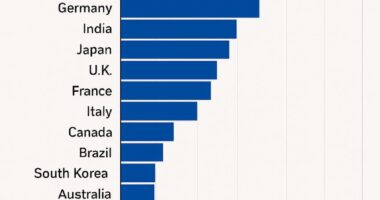In today’s fast-paced economy, making smart investment choices requires more than intuition—it demands a data-driven approach. Whether you’re an individual investor, real estate enthusiast, or small business owner, understanding local market dynamics can help you decide whether to buy, hold, or sell. This guide breaks down how to master your local market using analytics, trends, and insights.
Why Data-Driven Decisions Matter
The days of relying solely on gut feelings are gone. With access to market analytics, price trends, and economic indicators, investors now have the tools to make smarter decisions. Data-driven strategies not only minimize risk but also maximize returns by identifying opportunities that may otherwise go unnoticed.
Key benefits of using data in buy/hold/sell decisions:
-
Accurate pricing insights
-
Forecasting future demand
-
Identifying undervalued or overvalued assets
-
Reducing emotional decision-making
Understanding Local Market Mastery
Local markets behave differently than national or global markets. What works in one city—or even one neighborhood—may not work in another. Local market mastery means understanding the unique trends, consumer behavior, and economic conditions in your immediate area.
Core Elements of Local Market Analysis
-
Supply and Demand Metrics – Inventory levels, absorption rates, and competition.
-
Pricing Trends – Historical data and current pricing movements.
-
Economic Indicators – Job growth, population shifts, and income levels.
-
Consumer Behavior – Local spending habits and preferences.
By focusing on these factors, you can make informed choices on whether to buy into growth, hold for stability, or sell for profit.
The Buy/Hold/Sell Framework
A structured framework helps turn raw data into clear actions.
When to Buy
-
Prices are below historical averages.
-
High demand signals future appreciation.
-
Local economic indicators show job growth and population increases.
When to Hold
-
Steady rental yields or cash flow.
-
Market shows moderate growth but no signs of decline.
-
Asset provides consistent long-term value.
When to Sell
-
Prices have reached or exceeded market peak.
-
Data shows declining demand or oversupply.
-
Better opportunities exist in other local segments.
Tools for Market Mastery
Investors can access numerous tools to simplify decision-making:
-
Real Estate Portals – Track pricing and inventory shifts.
-
Financial Dashboards – Monitor economic performance indicators.
-
AI-Powered Analytics – Predict demand trends and price changes.
By combining these resources, you’ll gain the competitive edge needed to outperform average investors.
Final Thoughts
Mastering the local market requires more than observation—it requires data-driven strategy. By analyzing supply, demand, pricing trends, and economic conditions, you can confidently determine when to buy, hold, or sell. With the right tools and insights, you’ll be better positioned to make profitable, informed investment choices in any market cycle.









